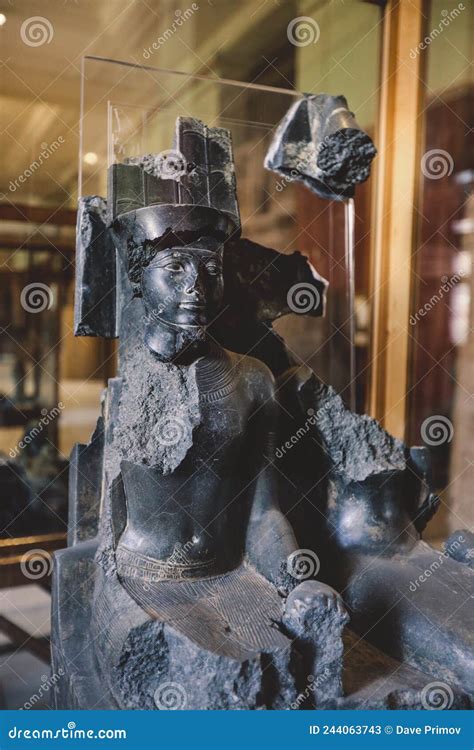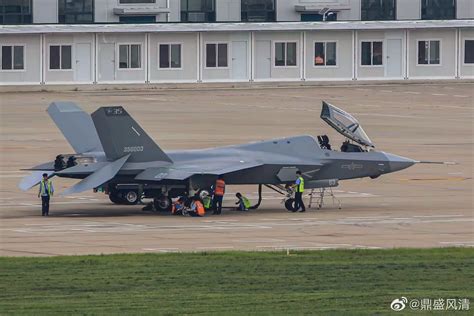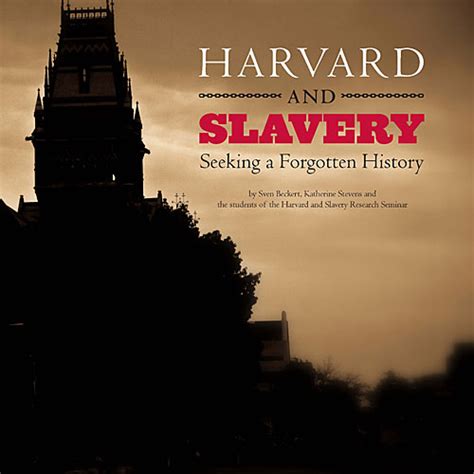
A tourist visiting the ancient city of Anuradhapura, Sri Lanka, sustained injuries and damaged historic statues after leaping into an 18-foot pit, prompting concerns about site security and visitor behavior.
A tourist’s impulsive act of jumping into an 18-foot-deep pit at the UNESCO World Heritage site of Anuradhapura in Sri Lanka resulted in both personal injury and damage to historically significant statues, igniting a debate over safety measures and responsible tourism. The incident, which occurred recently, has prompted local authorities to review security protocols at the ancient city, a site revered for its well-preserved ruins and religious significance.
The unnamed tourist, according to local reports, disregarded warning signs and barriers before plunging into the pit, which is located within a protected area of the Anuradhapura complex. “The tourist had not heeded the warning signs placed near the pit,” a local police official stated, emphasizing the apparent disregard for established safety guidelines. The fall resulted in injuries to the tourist, requiring immediate medical attention. The extent of these injuries has not been fully disclosed but are believed to be non-life-threatening.
More critically, the incident caused damage to several ancient statues located within the pit. These statues are considered invaluable artifacts, representing centuries of Sri Lankan history and Buddhist culture. The specific nature and extent of the damage are currently being assessed by archaeological experts. The Department of Archaeology is conducting a thorough investigation to determine the full impact on the statues and to develop a plan for their restoration. Initial assessments suggest that at least three statues suffered significant damage, including chipping, cracking, and displacement.
The Anuradhapura site is one of Sri Lanka’s most important historical and cultural landmarks. As a former capital of Sri Lanka, dating back to the 4th century BCE, the city is home to numerous monasteries, temples, and monuments, showcasing the rich heritage of the island nation. The site attracts hundreds of thousands of tourists each year, both domestic and international, drawn by its historical significance and spiritual ambiance.
The incident has raised serious questions about the effectiveness of the current safety measures in place at Anuradhapura. While warning signs are present, their visibility and impact have been called into question. Furthermore, the absence of physical barriers in certain areas has been identified as a contributing factor to the incident. “We need to reassess our safety protocols to ensure that visitors are adequately protected and that our historical treasures are preserved,” a representative from the Central Cultural Fund stated, acknowledging the need for immediate action.
Local authorities are now considering implementing stricter measures, including increased signage, improved barrier systems, and enhanced security patrols. The possibility of introducing mandatory guided tours is also being explored as a means of ensuring that visitors are properly informed about the site’s history, significance, and safety regulations. The goal is to strike a balance between allowing tourists to experience the wonder of Anuradhapura and safeguarding its irreplaceable heritage.
The incident also underscores the importance of responsible tourism. Visitors are expected to respect the cultural and historical significance of the sites they visit, adhering to established rules and guidelines. Disregarding these regulations not only puts the individual at risk but also jeopardizes the preservation of invaluable artifacts for future generations. The incident serves as a stark reminder of the potential consequences of irresponsible behavior and the need for greater awareness and respect among tourists.
The Sri Lankan government has expressed its commitment to protecting its cultural heritage and ensuring the safety of visitors. The Ministry of Tourism is working closely with the Department of Archaeology and the Central Cultural Fund to develop a comprehensive plan for improving site management and security at Anuradhapura and other historical sites across the country. The plan will include measures to enhance visitor education, improve infrastructure, and strengthen law enforcement.
The incident has sparked widespread condemnation from local residents and heritage conservation groups. Many have expressed outrage at the tourist’s actions and have called for stricter penalties for those who damage historical sites. There is a growing sentiment that tourists who disregard safety regulations and damage cultural property should be held accountable for their actions. The incident has also prompted a broader discussion about the role of tourism in preserving cultural heritage. While tourism can bring economic benefits to local communities, it also poses challenges in terms of managing visitor impact and protecting fragile historical sites. Finding a sustainable balance between tourism development and heritage conservation is a key priority for the Sri Lankan government.
The damaged statues are currently undergoing assessment by a team of archaeological experts. The restoration process is expected to be complex and time-consuming, requiring specialized skills and materials. The Department of Archaeology is seeking international assistance in the restoration efforts, reaching out to organizations with expertise in the conservation of ancient artifacts. The cost of the restoration is estimated to be significant, and the government is exploring various funding options, including seeking grants from international organizations and private donors.
This event has also triggered a review of similar sites across Sri Lanka. Authorities are inspecting other historical locations to identify potential vulnerabilities and implement preventative measures. This proactive approach aims to avert similar incidents and ensure the long-term preservation of Sri Lanka’s rich cultural heritage. The incident at Anuradhapura serves as a critical lesson, highlighting the need for continuous vigilance and proactive measures to protect historical sites from damage and ensure the safety of visitors.
Expanding on the Context of Anuradhapura:
Anuradhapura holds immense cultural and religious significance for Sri Lanka. As the first established kingdom on the island, it served as the capital for over a millennium, from the 4th century BCE to the 11th century CE. During this period, Anuradhapura became a major center of Buddhist learning and culture, attracting monks and scholars from across Asia. The city is home to several important Buddhist shrines, including the Sri Maha Bodhi tree, believed to be a sapling of the Bodhi tree under which the Buddha attained enlightenment. Planted in 288 BCE, it is considered the oldest living human-planted tree in the world and is a major pilgrimage site for Buddhists from around the globe.
The city’s architectural and engineering achievements are also remarkable. The massive dagobas (stupas) built during the Anuradhapura period, such as the Ruwanwelisaya and Jetavanaramaya, are testaments to the skill and ingenuity of ancient Sri Lankan engineers. These structures, some of which are among the tallest ancient structures in the world, showcase the advanced knowledge of mathematics, geometry, and construction techniques possessed by the people of Anuradhapura.
The ruins of Anuradhapura provide a glimpse into the sophisticated urban planning and infrastructure of the ancient city. The city was carefully laid out with well-defined streets, parks, and residential areas. An intricate network of irrigation tanks and canals provided water for agriculture and domestic use. These engineering feats demonstrate the advanced level of civilization that flourished in Anuradhapura for centuries.
The decline of Anuradhapura began in the 11th century CE, when the capital was moved to Polonnaruwa following a series of invasions from South India. The city was gradually abandoned, and its monuments were overgrown by jungle. However, the site remained a sacred place for Buddhists, and efforts to preserve and restore the ruins began in the 19th century. Today, Anuradhapura is a UNESCO World Heritage site and a major tourist destination, attracting visitors from around the world who come to marvel at its ancient wonders.
The Role of UNESCO:
UNESCO’s designation of Anuradhapura as a World Heritage site underscores its global significance and importance for future generations. The designation recognizes the outstanding universal value of the site and commits the international community to its protection and preservation. UNESCO provides technical assistance and financial support to Sri Lanka for the conservation of Anuradhapura’s monuments and the management of the site. UNESCO also plays a role in promoting sustainable tourism at Anuradhapura, encouraging responsible visitor behavior and minimizing the impact of tourism on the site’s fragile environment.
Responsible Tourism Practices:
Responsible tourism is essential for the long-term preservation of cultural heritage sites like Anuradhapura. It involves a commitment to respecting the local culture, environment, and economy. Tourists can practice responsible tourism by adhering to established rules and guidelines, avoiding activities that could damage historical monuments or disrupt local communities, and supporting local businesses. Responsible tourism also involves educating oneself about the history and significance of the site and sharing this knowledge with others. By practicing responsible tourism, visitors can contribute to the preservation of Anuradhapura for future generations.
The Impact of the Incident on Local Communities:
The incident at Anuradhapura has had a significant impact on local communities, who take great pride in their cultural heritage. Many residents have expressed anger and frustration at the tourist’s actions, viewing them as a disrespect to their history and traditions. The incident has also raised concerns about the potential negative impacts of tourism on local communities. While tourism can bring economic benefits, it can also lead to cultural disruption, environmental degradation, and increased pressure on local resources. Finding a sustainable balance between tourism development and the well-being of local communities is a key challenge for the Sri Lankan government.
The Legal Ramifications:
The tourist involved in the incident could face legal repercussions under Sri Lankan law. Damaging or defacing historical monuments is a serious offense, and those found guilty can face fines, imprisonment, or both. The specific charges and penalties will depend on the extent of the damage and the circumstances of the incident. The Sri Lankan government has made it clear that it will take strict action against anyone who damages or disrespects its cultural heritage. The incident serves as a warning to tourists to respect the laws and regulations of the countries they visit and to be mindful of the cultural and historical significance of the sites they visit.
The Future of Anuradhapura:
The incident at Anuradhapura has highlighted the need for greater investment in the protection and preservation of cultural heritage sites. The Sri Lankan government is committed to working with international organizations and local communities to ensure the long-term sustainability of Anuradhapura and other historical sites. This includes improving site management, enhancing security measures, promoting responsible tourism, and investing in restoration and conservation efforts. By taking these steps, Sri Lanka can ensure that its rich cultural heritage continues to inspire and educate future generations.
The incident also underscores the importance of cultural awareness and education. Tourists should be encouraged to learn about the history and significance of the sites they visit and to respect the local culture and traditions. Educational programs and initiatives can help to promote cultural understanding and responsible tourism practices. By fostering a greater appreciation for cultural heritage, we can help to prevent future incidents of damage and disrespect.
The Anuradhapura incident is a reminder that the preservation of cultural heritage is a shared responsibility. It requires the cooperation of governments, international organizations, local communities, and tourists. By working together, we can ensure that these invaluable sites are protected for future generations to enjoy and learn from.
Further Considerations:
- Training for Security Personnel: Enhanced training programs for security personnel at historical sites, focusing on visitor management, cultural sensitivity, and emergency response, could help prevent similar incidents.
- Community Involvement: Engaging local communities in the preservation and management of historical sites can foster a sense of ownership and responsibility, leading to increased vigilance and protection.
- Technology Integration: Utilizing technology, such as surveillance systems and virtual reality tours, can enhance site security and visitor education without compromising the historical integrity of the sites.
- International Collaboration: Strengthening collaboration with international organizations and experts in heritage conservation can provide access to best practices, technical expertise, and financial support for preservation efforts.
- Public Awareness Campaigns: Launching public awareness campaigns targeting both domestic and international tourists can promote responsible tourism practices and educate visitors about the importance of preserving cultural heritage.
FAQ (Frequently Asked Questions):
-
What happened at Anuradhapura, Sri Lanka?
A tourist jumped into an 18-foot pit at the Anuradhapura ancient city site, damaging historic statues and sustaining injuries.
-
What is the significance of Anuradhapura?
Anuradhapura is a UNESCO World Heritage site and a former capital of Sri Lanka, dating back to the 4th century BCE. It is a major center of Buddhist learning and culture, housing numerous monasteries, temples, and monuments.
-
What kind of damage was caused to the statues?
Initial assessments indicate chipping, cracking, and displacement of at least three statues. A thorough investigation by the Department of Archaeology is underway to determine the full extent of the damage.
-
What measures are being taken to prevent similar incidents in the future?
Local authorities are considering stricter measures, including increased signage, improved barrier systems, enhanced security patrols, and possibly mandatory guided tours. They are also reviewing safety protocols at Anuradhapura and other historical sites.
-
What legal consequences could the tourist face?
The tourist could face legal repercussions under Sri Lankan law for damaging historical monuments, including potential fines and/or imprisonment, depending on the extent of the damage and circumstances of the incident.









